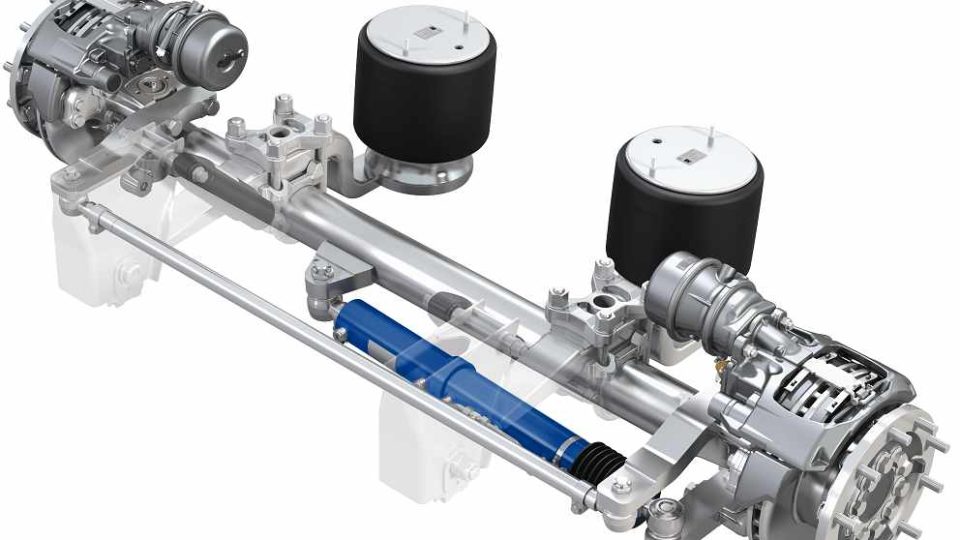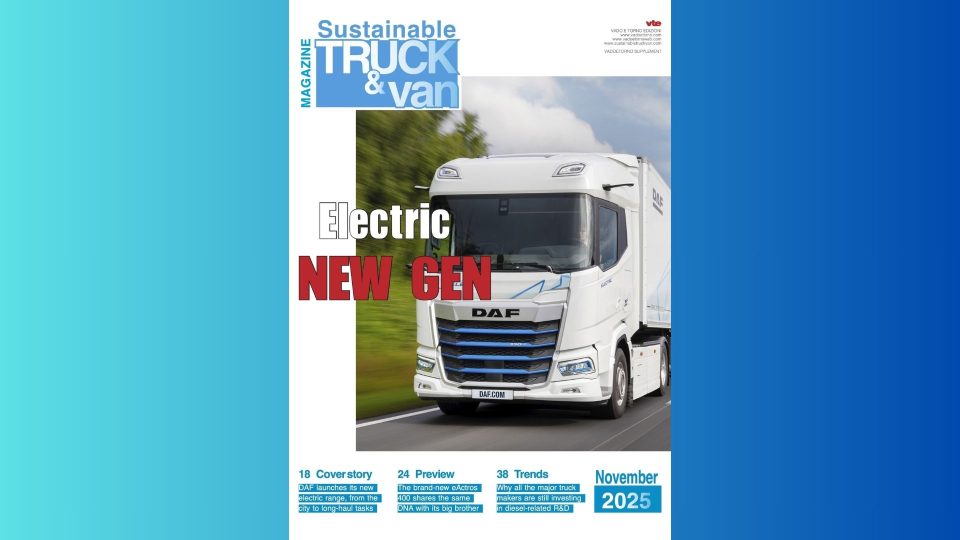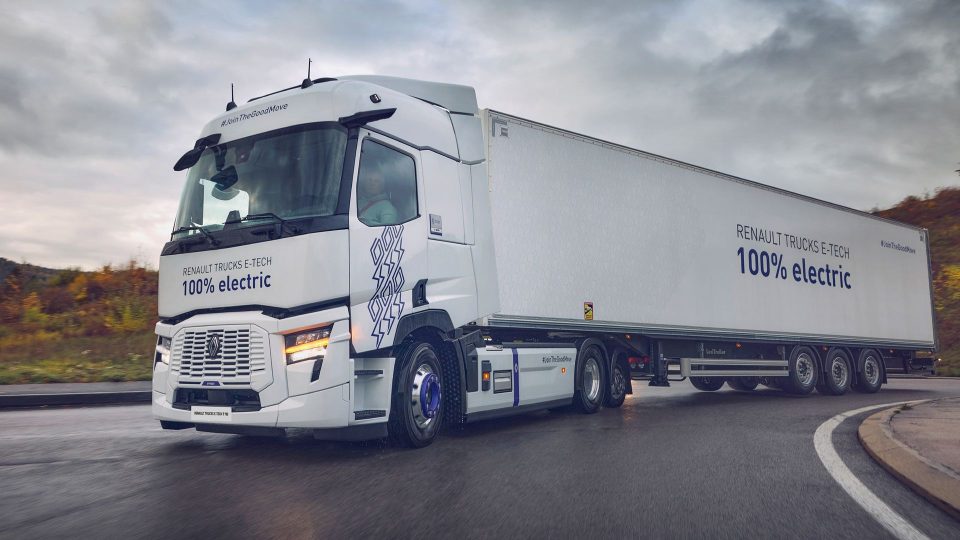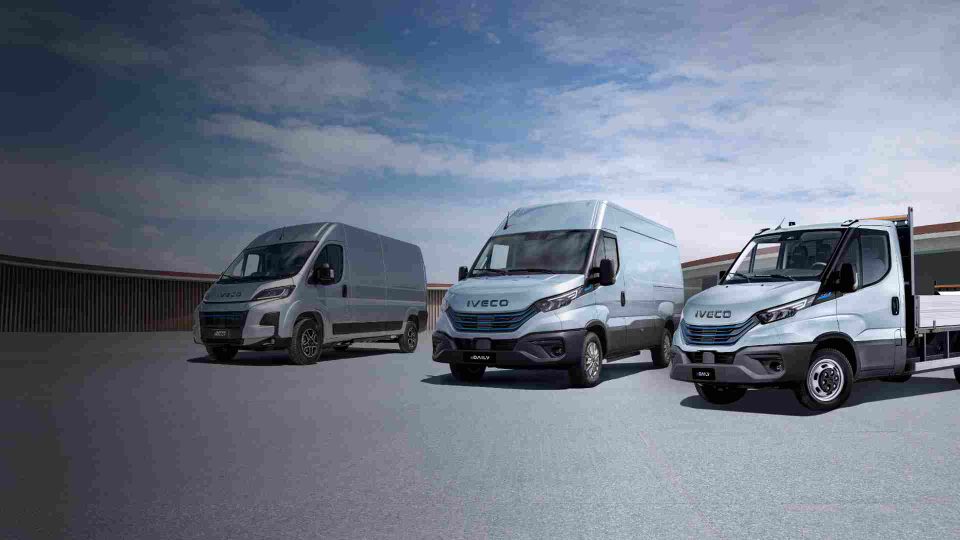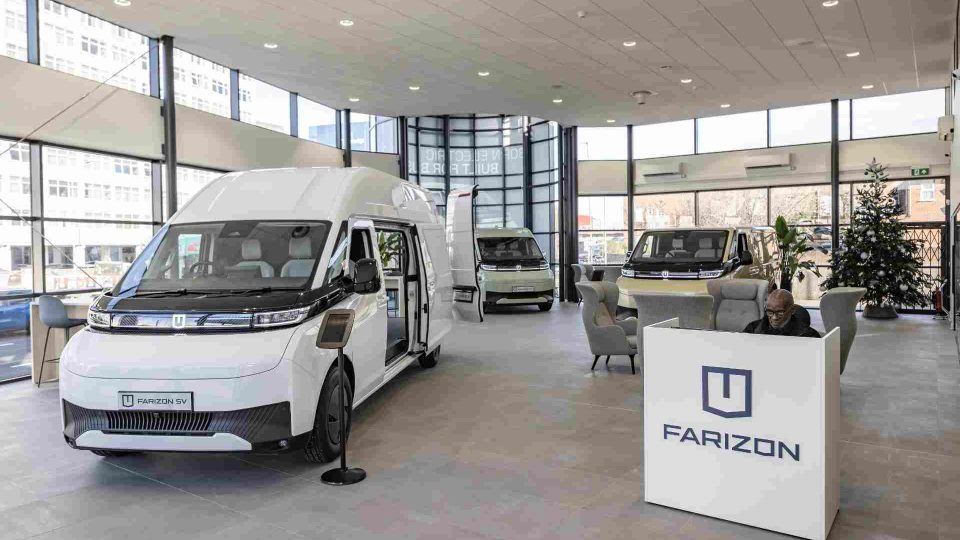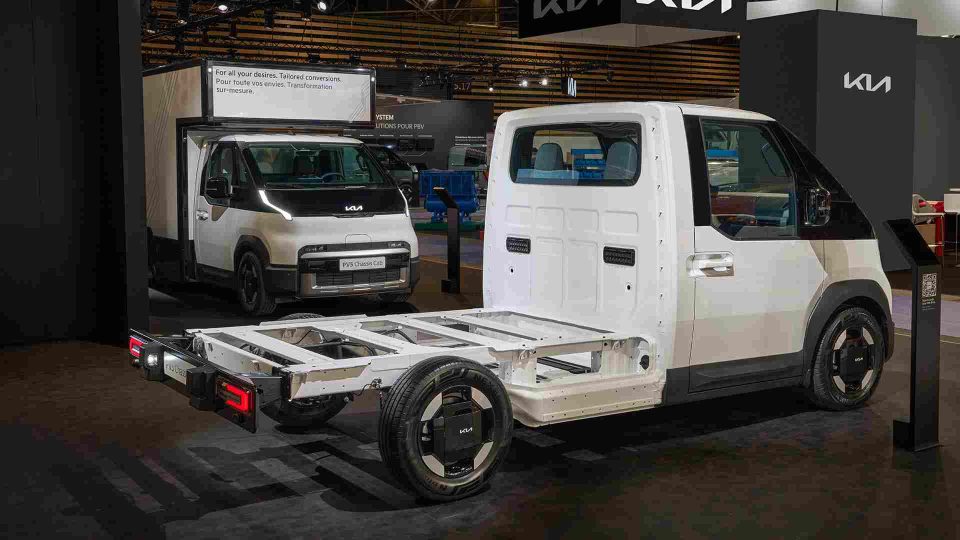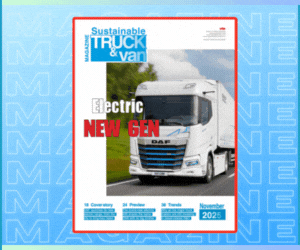Electric vans, U.S.-based Canoo to set first European location in the United Kingdom
Canoo selected Bicester Motion for their Activation Center due to the location’s rich history in automotive innovation, making it an ideal hub for showcasing their cutting-edge EVs and connecting with a community of more than 50 automotive brands.

U.S.-based electric van manufacturer Canoo has recently established its very first European location in the United Kingdom, namely at Bicester Motion, an iconic automotive campus located not far from Oxford. “This decision and location, being a former WWII Royal Air Force base, underscores the long-standing partnership between the United States and the United Kingdom”, stated the company in the official press note. Canoo has recently announced that the new U.S. headquarters will be moved from California to North Texas.
Canoo in the United Kingdom
Canoo selected Bicester Motion for their Activation Center due to the location’s rich history in automotive innovation, making it an ideal hub for showcasing their cutting-edge EVs and connecting with a community of more than 50 automotive brands.
Talking about the UK, under its Zero Emission Vehicle (ZEV) mandate, 80% of new vehicles and 70% of new vans sold must be zero-emission by 2030, increasing to 100% by 2035. According to the Society of Motor Manufacturers and Traders (SMMT), earlier this year the UK saw 17 consecutive months of growth in the LCV market. The small van market has been particularly strong in 2024, with demand up 42.0% year-to-date.
“Our expansion into the UK is a key milestone in our global growth strategy, enabling us to establish a local presence for our commercial customers to better serve their needs,” said Tony Aquila, Investor, Executive Chairman, and CEO of Canoo. “Six months ago, we debuted our right-hand drive vehicle, the USPS’ LDV 190 and also our LDV 130, and hosted and attended numerous fleet shows and customer test drives on tracks to establish ourselves as an American partner in the region. The UK activation center at Bicester Motion will allow us to leverage the local expertise while strengthening our commercial operations in this high-potential market that provides incentives including the plug-in van grant (PIVG) to help the growing demand and reach the government’s zero-emissions goals. We look forward to sharing more in the near future.”



